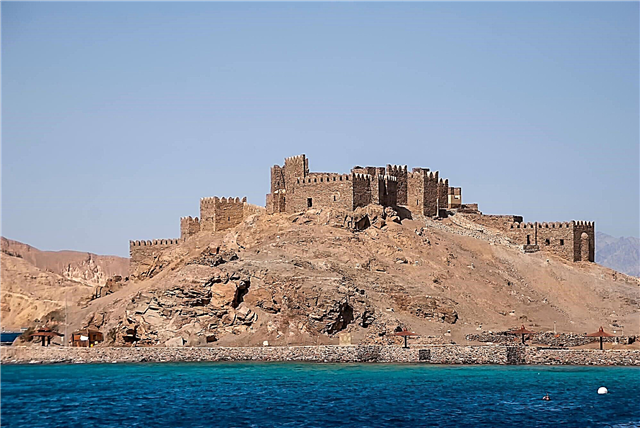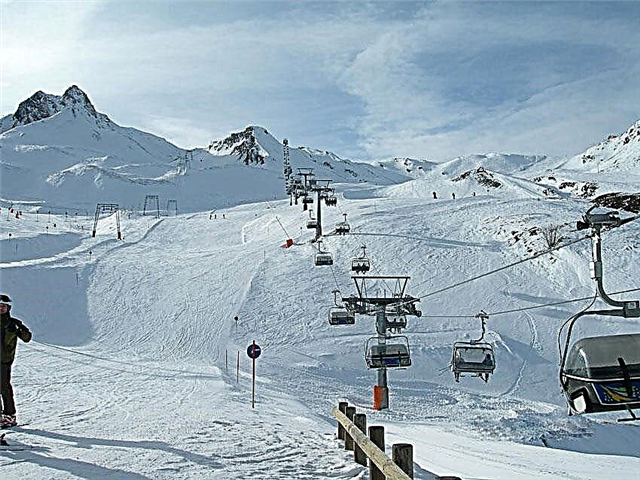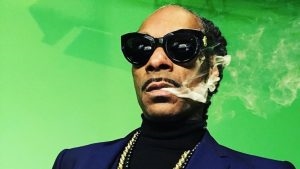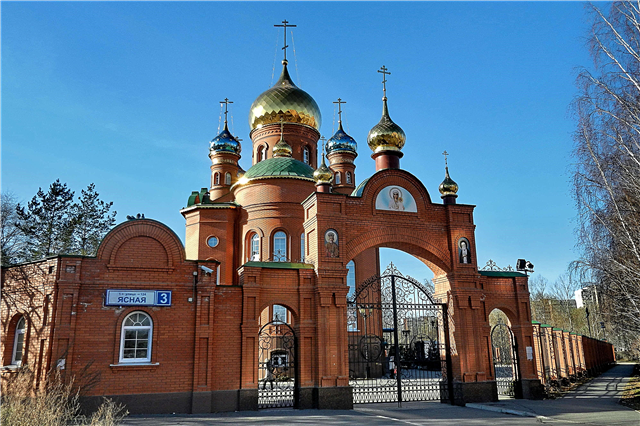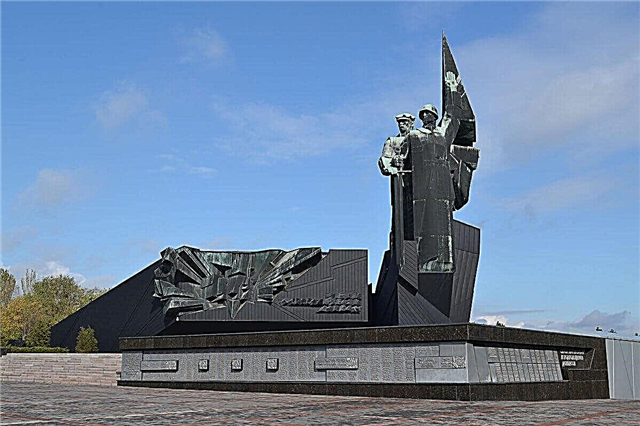Donetsk was founded in 1869. He became a small homeland for many prominent personalities. The eventful history of the city is reflected in its landmarks and memorial sites. Every corner of the city can tell its own unique story.
The city is very beautiful and well-groomed. For such an industrial giant, the cleanliness of streets, houses and monuments can be surprising. Residents of the city willingly contribute to the improvement of Donetsk. Many monuments appeared only thanks to the initiative of the townspeople and voluntary donations. Donetsk is an incredibly beautiful city. Donetsk residents fondly call it “the city of roses and steel”. Residents of the city honor its history and even treat the sights with reverence.
Historical and modern monuments of Donetsk
List of the most famous monuments and sculptures of the city.
"Your liberators, Donbass"
The monument is dedicated to the military units that liberated Donbass from the German invaders. It is a triangular area with three inclined walls. In the center of the monument there are sculptures of a soldier and a miner. They hold a sword pointed downward. The eternal flame is burning at the monument. This monument is a traditional venue for parades and rallies dedicated to Victory Day and Donetsk Liberation Day.

"Glory to the miners' labor"
The visiting card of the city is the monument “Glory to the miners' labor”. The opening of the attraction took place in 1967. The pedestal of the monument imitates lumps of coal. A full-length sculpture of a miner is installed on it. The worker of the mine holds a piece of coal in his right hand. The sculpture is cast in bronze. In 2009, Donetsk climbers installed a smaller copy of the monument on Elbrus.

Monument to D. D. Yuz
In 2001, a monument to the founder of the city was erected on Artem Street. The installation of the sculpture was postponed several times due to disputes over the date of the city's founding. The pedestal of the monument is unusually low. The sculpture is almost human-sized. An anvil is located near the Statue, D. Hughes holds a hammer in his right hand. As conceived by the creators, the monument should emphasize that D. Hughes was very close to the workers of his plant.

Monument to I. Kobzon
Legendary singer Joseph Kobzon was born and raised in the Donetsk region. He always remembered his small homeland warmly. On August 30, 2003, a monument to Joseph Davydovich was erected on the square near the Yunost palace. A coat is thrown over the singer's shoulders, he is depicted in motion. Although Joseph Kobzon was against the installation of the monument, in the end he succumbed to the persuasions of his fellow countrymen.

"Kind Angel of the World"
The opening of the attraction was timed to coincide with the City Day in 2008. The monument is a granite column with a hemisphere on it. There is a statue of an angel covered with golden paint on it. The monument symbolizes an angel walking on Earth and bringing peace. The sculpture is designed to remind of the unity of people of all races, nationalities and religions. The installation of the monument became possible thanks to patrons of the arts.

Monument to Artem
There is a monument to Artem at the intersection of Artem Street and Mira Avenue. The monument was erected in 1967. A full-length sculpture of Comrade Artyom is placed on a granite pedestal. Interestingly, the bronze statue is hollow from the inside, and is held only on special embedded parts. This happened due to a mistake made in the manufacture of the statue.

"To the dead children of Donbass"
In 2015, the authorities of the DPR and the administration of the city of Donetsk laid the Avenue of Angels in the park of the Lenin Komsomol. It is dedicated to the memory of the dead little Donbass residents. At the beginning of the alley there is a granite sign with embossed gold letters “Alley of angels. In memory of the fallen children of Donbass ”. Previously, there was a stand with photographs of the dead little Donetsk residents. Flowers are laid at the monument on June 1, World Children's Day.

"Stratonauts"
In 1938, the crew of the VVA-I substratostat died of suffocation due to the failure of oxygen equipment. Substratostat fell in the area of the central park. Shcherbakov. A monument was erected at the place where the crew was buried. On a labradorite pedestal stands a bronze sculpture of a stratonaut looking up into the sky. Under the sculpture there is a memorial plaque on which the bas-reliefs of the VVA-I crew - Yakov Ukrainsky, Serafim Kuchumov, Pyotr Batenko and David Stolbun - are carved.
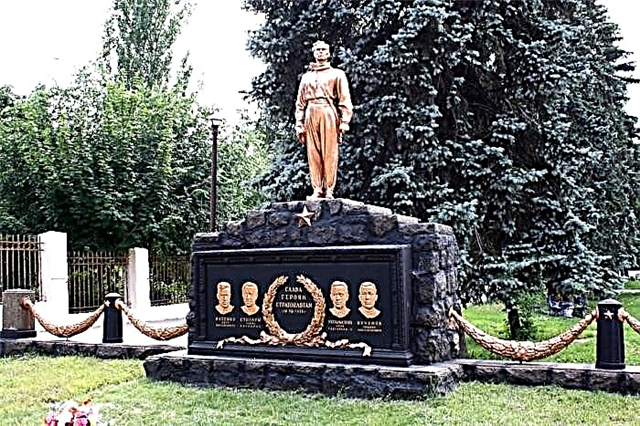
"Victims of Fascism"
By the 20th anniversary of the Victory, a monument to the victims of fascism was unveiled near the Palace of Culture of Metallurgists. The place for the monument was not chosen by chance, during the years of occupation there was a concentration camp for Soviet prisoners of war. The monument is made in the form of six pylons united by an aluminum wreath. Until 2007, there was an eternal flame in the center of the monument. The facing of the pylons was replaced several times due to problems with its destruction. After reconstruction in 2011, the pylons were sheathed with red granite.

Monument to V.I.Lenin
In 1967, a sculptural ensemble was erected on Lenin Square. It consists of a monument to Vladimir Ilyich Lenin and a triangular pylon. The sculpture is made of bronze and depicts Lenin in full growth. The triangular pylon is made of stainless steel and is 42 meters high. Time capsules were laid under the granite slabs of the pylon base, in which a message was left for future generations.

Monument to A. B. Solovyanenko
There is a monument to A. Solovyanenko in the Theater Square. The opera tenor was born in Donetsk, and his career began here. The authors of the monument, A. Skorykh and V. Vyazovsky, captured a full-length tenor dressed in one of the concert costumes. The bronze sculpture was covered with gold leaf and placed on a round pedestal. The monument gives the impression of being very light, literally floating. Its opening was timed to the IV international festival "Golden Scythian", it took place in May 2002.

Monument to N.F. Vatutin
In honor of the liberator general of Donbass, a monument was erected on the avenue named in his honor. The bust of N. Vatutin was installed in 2009. The bust of the general, cast in bronze, stands on a granite pedestal. The production and installation of the monument became possible thanks to the voluntary donations of the townspeople.

Monument to I. Tkachenko
In 1980, a monument to the Hero of the Soviet Union was erected. The installation was initiated by the workers of the metallurgical plant where Ivan Tkachenko worked. The sculpture depicts a full-length hero, dressed in a military uniform. There are binoculars in the sculpture's left hand. The attraction is located on the Metallurgists Square. Due to its proximity to a metallurgical plant, the monument needs regular cleaning.

Monument to T. G. Shevchenko
In 1955, a monument to the Ukrainian poet and artist Taras Grigorievich Shevchenko was erected. For the installation site, the intersection of Artem Street with Shevchenko Boulevard was chosen. The poet is captured at the moment of reciting his poems. The full-height bronze statue is mounted on a granite plinth, which is shaped like a cylinder. The pedestal is surrounded by a bas-relief, which depicts the characters of poems and poems.

Monument to Cyril and Methodius
The symbol of the need to gain knowledge is the monument to Saints Cyril and Methodius. The sculptures of the creators of the Slavic alphabet are cast from metal. The saints are depicted in full growth, Cyril is holding a scroll, and Methodius is holding a book. The monument was erected in 2011 near the Palace of Culture of Metallurgists.

"Perished citizens of the DPR"
The opening of the monument took place in August 2015. To make it, the Grada shell was used, from which four forged roses grow. The shape of the rose thorns resembles a sleeve. Donetsk blacksmiths worked on the forging of the sculpture. The making of the sculpture was entirely their initiative. A monument was erected on the territory of the Lenin Komsomol park.The sculpture is very symbolic and liked the Donetsk people.

Monument to the fallen Afghan soldiers
In memory of the feat of the soldiers-internationalists, a sculptural composition was installed in the park of the Lenin Komsomol. It consists of a block of stone and a statue of a fighter. According to the idea of the sculptor A. Porozhnyuk, the monument was supposed to symbolize the cliffs of Afghanistan, into which fighters are unknown. In reality, the sculptural composition turned out to be ambiguous. There is no resemblance to the original layout.

Monument to A.S. Pushkin
A bust of the founder of Russian literature has been erected near the building of the Music and Drama Theater. Originally, the bronze bust stood on a rectangular pedestal faced with black granite. Later, they decided to add elegance to the sculpture. For this, the pedestal was made in a round shape. The facsimile of the poet is engraved on the front of the pedestal.

"To Hero-Pilots of the Donetsk Aviation Club"
The monument was erected in 2001. It consists of an L-29 trainer on a pedestal. There is a memorial plaque under the plane. The choice of the plane was not accidental, it was on such machines that Donetsk pilots were trained. A monument was placed near the DOSAAF building. The monument is intended to remind of the exploits of Donetsk pilots during the Second World War.

"Living - to immortals"
Donetsk Metallurgical Plant honored the memory of its workers who died during the Second World War. On the 25th anniversary of the Victory, a monument to the fallen soldiers was erected on the territory of the plant. The memorial consists of a ring on supports. Attached to the ring are plaques listing the victims by name. On the outside of the ring there is an inscription "Living - to immortals" and the dates of the war "1941-1945".

Monument to B.M. Khmelnitsky
A monument to the Ukrainian hetman was erected in the park near the Yubileiny Palace of Culture. The statue of B. Khmelnitsky is cast from bronze. The hetman holds a mace in his hand as a symbol of his power. The rider sits on a reared horse. This sculpture was made in pairs. The second exact copy is in Ukrainsk.

"Youth"
The monument consists of two parts. The first is a statue of a girl, the second is a stone nearby. A young girl in a light dress is captured at the moment when she straightens her hair. The beauty of the statue is emphasized by the snow-white marble from which it is made. The lines of the poem "Youth" by V. Matvienko are engraved on the stone. The opening of the sculpture took place in July 2008. This is perhaps the most delicate monument in Donetsk.

Monument to F.A.Grinkevich
In honor of the hero-liberator, a monument was erected at his grave. A tank was installed on a granite pedestal. The composition was altered several times, the cladding was changed, the model of the tank was replaced. According to one of the versions, a combat vehicle was initially installed on the colonel's grave, in which F. Grinkevich himself fought. Later, it was this tank that moved to the Donetsk Museum of Local Lore, and another vehicle was put on the pedestal.

Monument to S.N.Bubka
Sergey Bubka is a multiple Olympic medalist, the author of the high jump record. He studied in Donetsk and started his sports career here. In honor of the athlete, a monument was erected near the Olympic Sports Complex. The statue depicts S. Bubka as he prepares for a pole vault. The height of the pedestal is 6 meters 15 centimeters. This choice of height is not accidental. It is 6.15 meters - a record height, which was taken by S. Bubka.
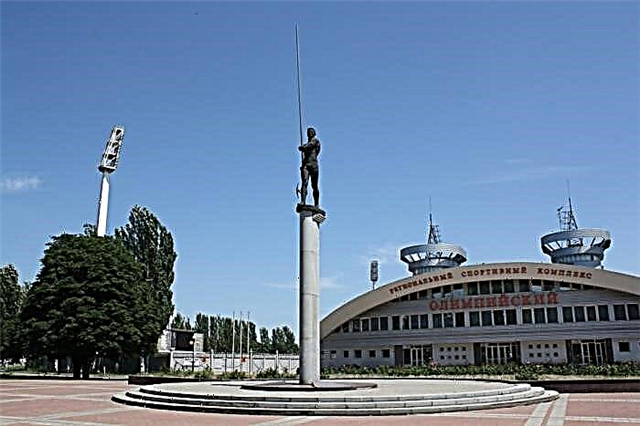
Monument to K. Gurov
During the liberation of the Donetsk region from the Nazi occupation, one of the leaders of the operation died of cardiac arrest. The body of the military leader K. Gurov was buried in Donetsk. A memorial sign in honor of the lieutenant general is installed on his grave. A bust of Gurov is placed on a cast-iron pedestal. The installation of the monument took place in 1954.

"Repentant traffic cop"
In 2011, the restaurateurs of Donetsk made a gift to the residents of the city. A monument to a traffic cop was erected in the center of Donetsk. On the bronze sculpture there is a Soviet-style uniform, in the inspector's hand the main attribute of the traffic police is a striped baton. The traffic cop salutes the passing motorists. The idea of the creators of the monument was simple, they wanted to remind traffic inspectors about the inadmissibility of corruption and the need to be closer to the people.

"Unconquered"
During the period of the fascist occupation, a network of underground struggle operated on the territory of the Donetsk region. It was headed by young men Savva Matekin, Stepan Skoblov and Boris Orlov. At various times they were captured and executed by the Germans. When creating the monument "The Unconquered" the author V. Kostin depicted all three together at the time of execution. The sculptures look straight and support each other. The ensemble is beautiful and touching. The monument was erected in 1957 in the Gorky Park.

Monument to employees of internal affairs bodies
A monument was erected near the building of the Donetsk UMVD. The five steps of the memorial lead to the statue of the grieving angel. Behind him is a cross made of granite slabs. This monument is the site of the annual rally in honor of the Police Day. Its mission is to remind all police officers who died in the line of duty.

Monument to F.E.Dzerzhinsky
The monument was erected in honor of the 60th anniversary of Felix Dzerzhinsky. A bust of F. Dzerzhinsky was installed on a pink granite pedestal. During the Great Patriotic War, the monument was damaged during the bombing; its restoration was carried out in 1945. In 2007 and 2010, the sculpture was vandalized.

"The Beatles"
A monument to the members of the Beatles was erected near the Liverpool youth cafe. The sculptures of the musicians are made of plastic and covered with bronze paint. The figures are placed against the background of the British flag, made of mosaics. Beatles fans noticed a number of inaccuracies in the sculptures. For example, Paul McCartney's guitar is misrepresented. Despite this, residents and guests of the city fell in love with the monument.



